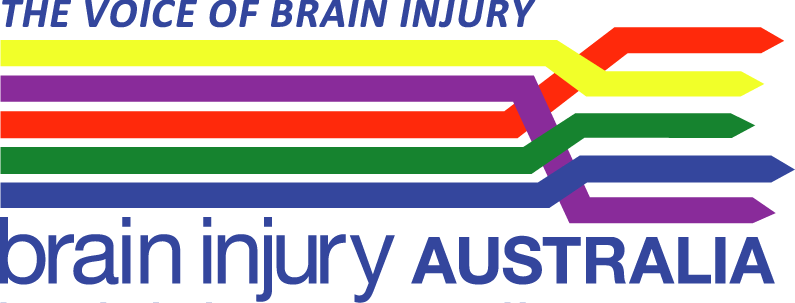- FOR REFERENCE
- Introduction
- A. Worker Roles
- a) Information and referral staff
- b) Support workers
- c) Case managers
- d) Managers
- e) Workshop facilitators and presenters
- B. Working with people with ABI
- a) Video stories
- b) Video clips
- c) Interactive graphics
- d) Handouts
- e) Worksheets
- f) Tools
- C. Additional resources
- a) Fact sheets
- b) Books
- c) Videos
- d) On-line learning
- e) Organisations
c) Interactive graphics
The interactive graphics / sliders have been designed so they could be used in presentations at staff meetings, forums, workshops.
They cover the content of the two self-study modules.
1. An introduction to ABI
Graphic 1: A person's abilities
A person's abilities: self-care; getting along with others; life's activities; participation; cognition; and mobility. This interactive graphic highlights a healthy person's abilities. A useful starting point before exploring ABI.
Graphic 2: A person's life span and ABI
life span: birth; preschool years; school years; young adult; middle aged; retirement; old age.
This interactive graphic highlights the point of impact of an ABI in the life span; and principles for person centred planning.
Graphic 3: What is acquired brain injury?
Definition of ABI: an injury to the brain; as a result of a cause; resulting in impairments for the person.
Graphic 4: Primary causes of acquired brain injury
Primary causes of ABI: trauma; stroke; hypoxia/anoxia; alcohol related; infection; degenerative diseases; other.
Graphic 5: The brain - lobes and functions
An interactive graphic highlighting areas of the brain and their respective functions.
Graphic 6: ABI: Severity
An interactive graphic highlighting common categories of severity and indicators of severity.
Graphic 7: ABI: Cause to impact
An interactive graphic highlighting for different individuals: cause; injury; effect; specific impairments; impacts.
Graphic 8: Rehabilitation
An interactive graphic highlighting the essence of rehabilitation.
Graphic 9. ABI: Rehabilitation pathways
An interactive graphic overview of the stages of rehabilitation for sudden onset ABI: hospital; from hospital to home; social rehabilitation; and impacts.
Graphic 10. Working with people with ABI
An interactive graphic highlighting the key messages for working with people with an ABI. The three high level domains are: unique individuals building independence; working through emotions and relationships; working with services. There are sub-points within these and key messages for each sub-point.
2. Working with people with ABI
Graphic 10. Working with people with ABI
An interactive graphic highlighting the key messages for working with people with an ABI. The three high level domains are: unique individuals building independence; working through emotions and relationships; working with services. There are sub-points within these and key messages for each sub-point.
Graphic 11. ABI: Unique individuals building independence
An interactive graphics highlighting key messages in relation to building independence and that working with people with ABI is different from working with people in aged care, intellectual disability, mental heath, etc.
Graphic 12. ABI: Cognitive impairment - problem - management
An interactive graphic highlighting for different individuals: cognitive impairment; problems arising; and management strategies.
Graphic 13. ABI: Working through emotions and relationships
An interactive graphic highlighting key messages about working through emotions and relationships.
Graphic 14. ABI: Grief and loss
An interactive graphic highlighting the grief and loss process and specific reactions for different individuals and what's unique about the process for people with ABI
Graphic 15. ABI: Working with services
An interactive graphic highlighting five key messages about working with services: pathways for life, case management is different, friends and family are where change happens, teamwork and working with the services network.
Graphic 16. ABI: Service pathways
An interactive graphic highlighting common service pathways for individuals with ABI.
Graphic 17. ABI: Case management
Highlights how the case management process wraps around and interacts with the person with the ABI: engagement; assessment; planning; implementation; monitoring; review.
Graphic 18. ABI: Roles and practice tips
Interactive graphic highlighting practice tips and strategies for different roles: information and referral; support worker; program staff; case manger; manager; family and friends.
Graphic 19. ABI: Building knowledge & skills and service network capacity
Interactive graphic highlighting knowledge and skills for staff in different roles: information and referral; support worker; program staff; case manger; manager; family and friends. It also notes service network capacity building.

